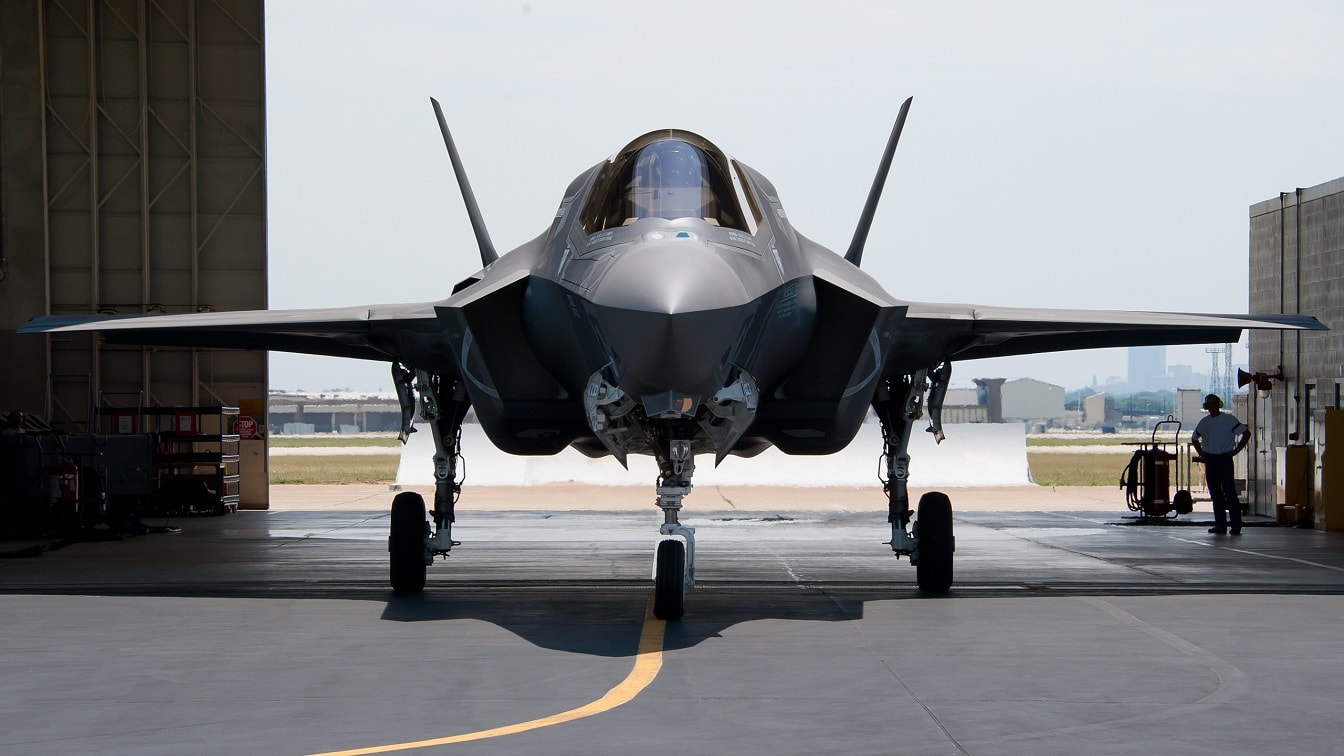How the F-35 Could Soon Replace the A-10 Warthog – One of the world’s most unique aircraft could soon be decommissioned for good. The US Air Force now plans to retire its entire A-10 Thunderbolt II fleet of 286 aircraft over the next five to six years, Michael McCord, the Pentagon’s top civilian budget official, said during the March rollout of the 2023 defense budget.
Introduced in 1972, the A-10 is a twin-engine, subsonic attack aircraft designed to provide close air support to ground forces.
Known affectionately as the Warthog, it’s the only operational US aircraft built from the ground up for that mission, and it has never been flown by any other country.
For years, the Air Force has sought to shed its A-10s and focus on developing high-end aircraft. That effort has been blocked, largely by opposition from Congress, but with the Warthog’s looming departure, other aircraft may have to fill that role.
One of a kind
The A-10 was developed largely in response to the Soviet military’s size advantage, particularly in its tank force, in Europe during the Cold War.
The A-10 was designed to take out Soviet armor, and the aircraft itself was built around the formidable 30mm GAU-8 Avenger rotary automatic cannon.
The Avenger uses both high-explosive incendiary and armor-piercing incendiary rounds and can fire 3,900 of them a minute. Its armor-piercing rounds contain depleted uranium to make them more effective against armor. The A-10 can also carry externally mounted missiles and smart munitions, such as anti-tank guided missiles.
Since its close-air-support mission requires it to fly at low altitude and at relatively slow speeds — often in high-threat environments — the Warthog is built to take punishment: It can fly with half its tail, half a wing, and one engine and elevator.
It has a titanium hull and can sustain direct fire damage from rounds up to 23mm in size and indirect fire damage from rounds up to 57mm.
Thanks to its large wing surface, the A-10 it is extremely maneuverable at low altitudes and speeds.
It is also designed to be easily maintained and to be operated from short or improvised airstrips — its engines are mounted high on the fuselage, keeping them farther the ground during rough landings.
In addition to the A-10’s increasing age, performing close-air support missions is expected to become harder as the US shifts its focus to the Pacific, where China’s anti-aircraft weapons could quickly bring down the Warthog. (Even against Soviet defenses, the A-10 was expected to take heavy losses.)
Speaking to the press on March 28, Under Secretary of the Air Force Gina Ortiz Jones said the A-10 is “limited in its ability to contribute” effectively to the mission of US Indo-Pacific Command.
The Air Force wants to ensure that it has the right mix of aircraft “that are survivable, effective, and can provide” the best chance of winning in that region, Jones said.
Additionally, as the legendary aircraft reaches its 50th year, maintaining it becomes harder and costlier. The ongoing replacement of the wings on many remaining A-10s has been particularly expensive, running about $10 million a set.
A-10 to Be Replaced by F-35?
The Air Force had tried to reduce its A-10 fleet and start replacing it with F-35s, but Congress has prevented it from doing so. The Air Force’s continued deployment of the A-10 while reducing or canceling investments and upgrades for it has led to accusations that the service is “sabotaging” the fleet.
As part of the Pentagon’s annual budgets in 2016 and 2017, Congress required the Air Force to compare the close-air-support capabilities of the A-10 and the F-35 before the A-10 fleet could be reduced. The Air Force completed that evaluation in 2019.
The service now plans to gradually decommission A-10s beginning in fiscal year 2023, which starts on October 1, 2022. The process will begin with the divestment of 21 A-10s that will temporarily be replaced by F-16s before the F-35 takes over the Warthog’s mission.
New Kid in Town
Effectively filling the A-10’s shoes in conducting close air support, or CAS, at low altitudes will not be easy.
US pilots learned to conduct CAS at medium altitudes in Afghanistan and Iraq, and “there is a place” for that version of it, Billie Flynn, a former Canadian air force lieutenant colonel and senior F-35 test pilot, said in an April interview with The Aviationist.
The F-35’s modern sensors could help pilots use bombs more effectively in medium-altitude CAS. If friendly troops are in close contact with the enemy, however, the F-35 will have to fly lower and use its cannon, as the US Marine Corps has learned to do with its F-35B, Flynn said.
The “reality” is that medium-altitude CAS “does not work when the enemy is close,” Flynn said. “In an Iraq or Afghanistan type scenario, when you need bullets or weapons close to friendly troops, dropping weapons from 25,000 feet will not be acceptable.”
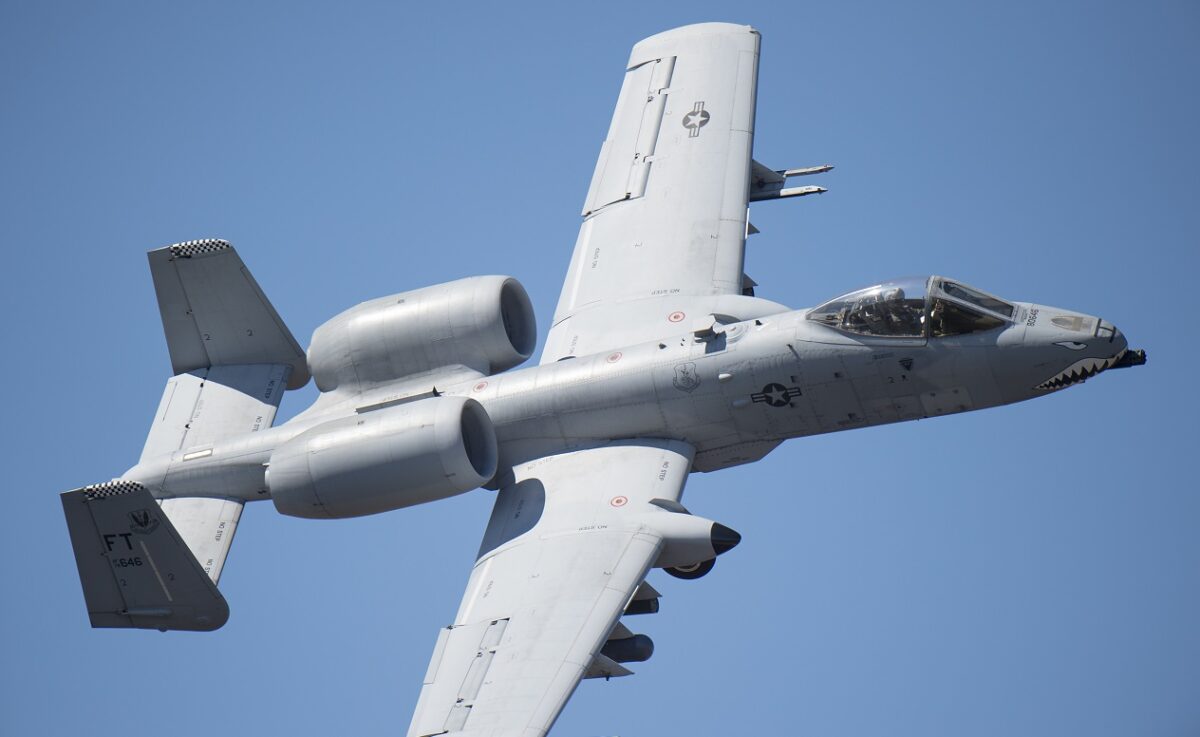
An A-10 Thunderbolt II flies over Grand Bay Bombing and Gunnery Range at Moody Air Force Base, Ga., Feb. 18, 2016. Multiple U.S. Air Force aircraft within Air Combat Command conducted joint aerial training that showcased the aircrafts tactical air and ground maneuvers, as well as its weapons capabilities. (U.S. Air Force photo by Staff Sgt. Brian J. Valencia/Released)
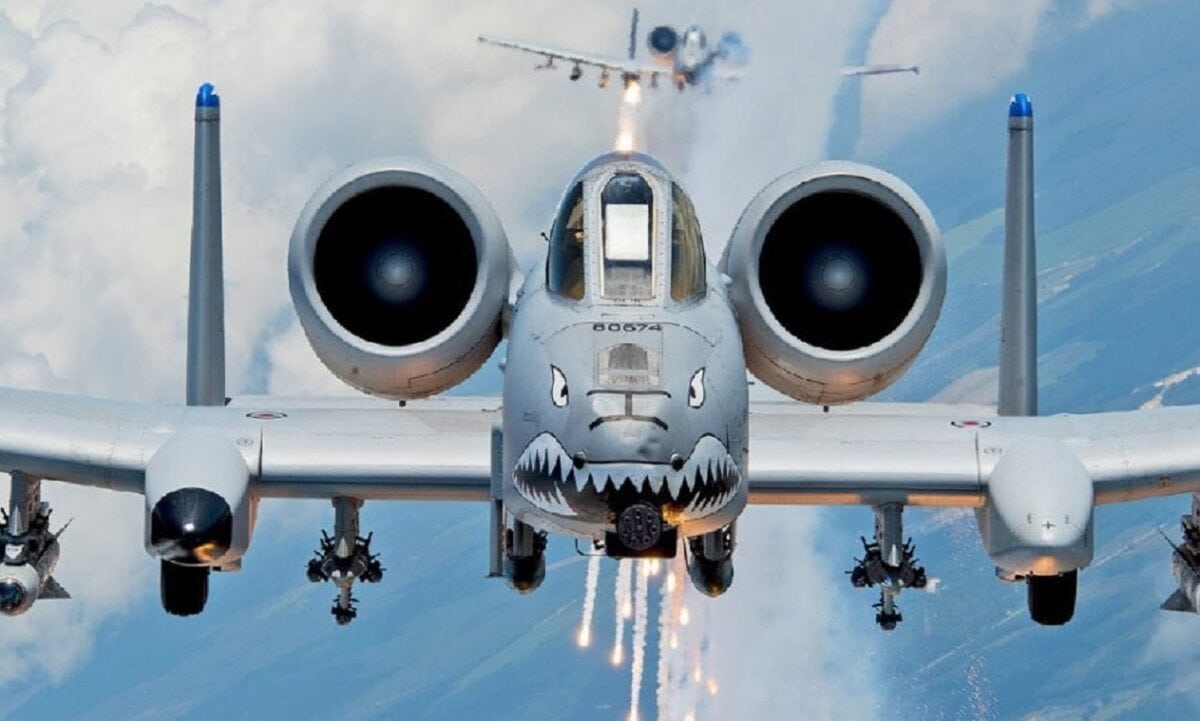
A-10 Warthog. Image Credit: Creative Commons.
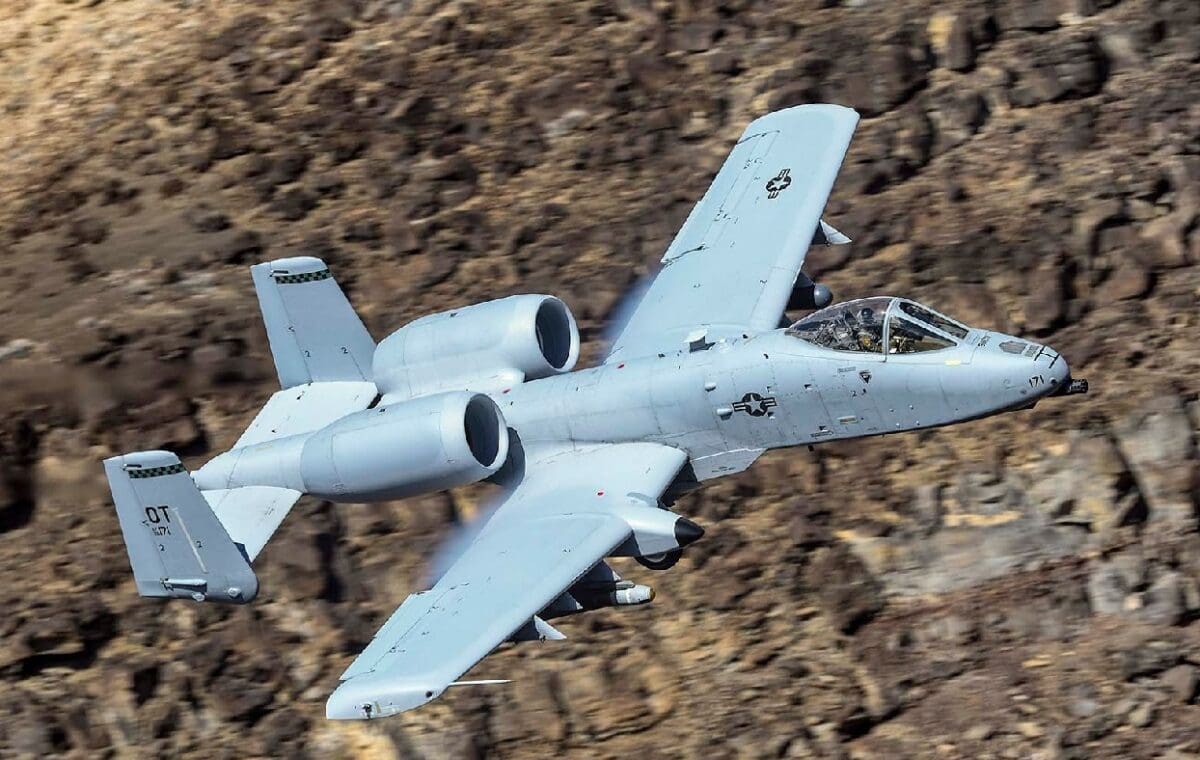
Image: Creative Commons.
The F-35 uses a 25mm GAU-22/A rotary cannon, which is stronger than the 20mm cannon on other US aircraft, including the F-16, but not as strong as the A-10’s Avenger.
The F-35’s high maneuverability and speed mean it won’t be a sitting duck, but the fifth-generation fighter is not as durable as the A-10.
There is a “lot of risk” in flying the $80 million stealth fighter at low altitudes in contested environments but “our job is to protect the troops on the ground,” Flynn said.
When it comes to the Warthog’s specialty — supporting troops in close contact while taking withering fire — “there is no conversation ever that any aircraft can truly and effectively replace the A-10, even after all these years,” Flynn told The Aviationist. “Everyone on the ground will tell you that it has proven itself to be invaluable.”
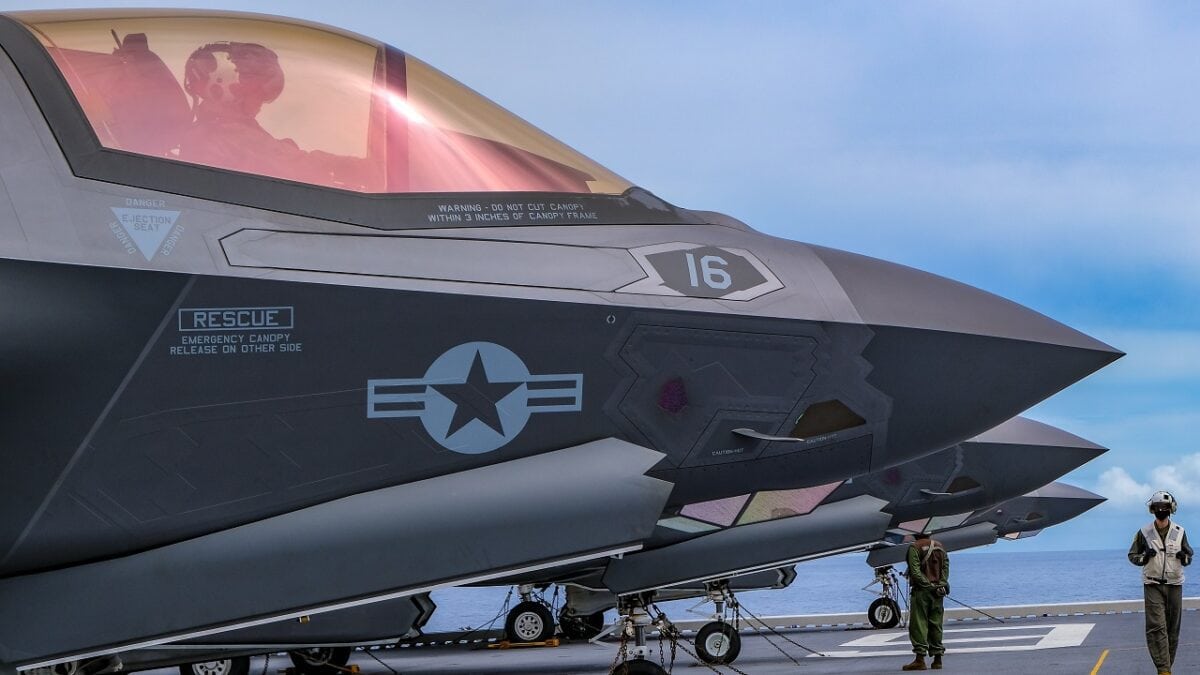
U.S. Marine Corps F-35B aircraft mechanic Lance Cpl. William Wiggins assigned to Marine Fighter Attack Squadron 121, currently attached to Marine Medium Tiltrotor Squadron 265 (Reinforced), 31st Marine Expeditionary Unit (MEU), monitors an F-35B aboard amphibious assault ship USS America (LHA 6), in the Philippine Sea Aug. 18, 2021. The F-35B’s fifth generation strike fighter capabilities bring more lethality and flexibility to combatant commanders than any other aircraft platform. The 31st MEU is operating aboard ships of America Expeditionary Strike Group in the 7th fleet area of operations to enhance interoperability with allies and partners and serve as a ready response force to defend peace and stability in the Indo-Pacific region. (U.S. Marine Corps photo by Staff Sgt. John Tetrault)
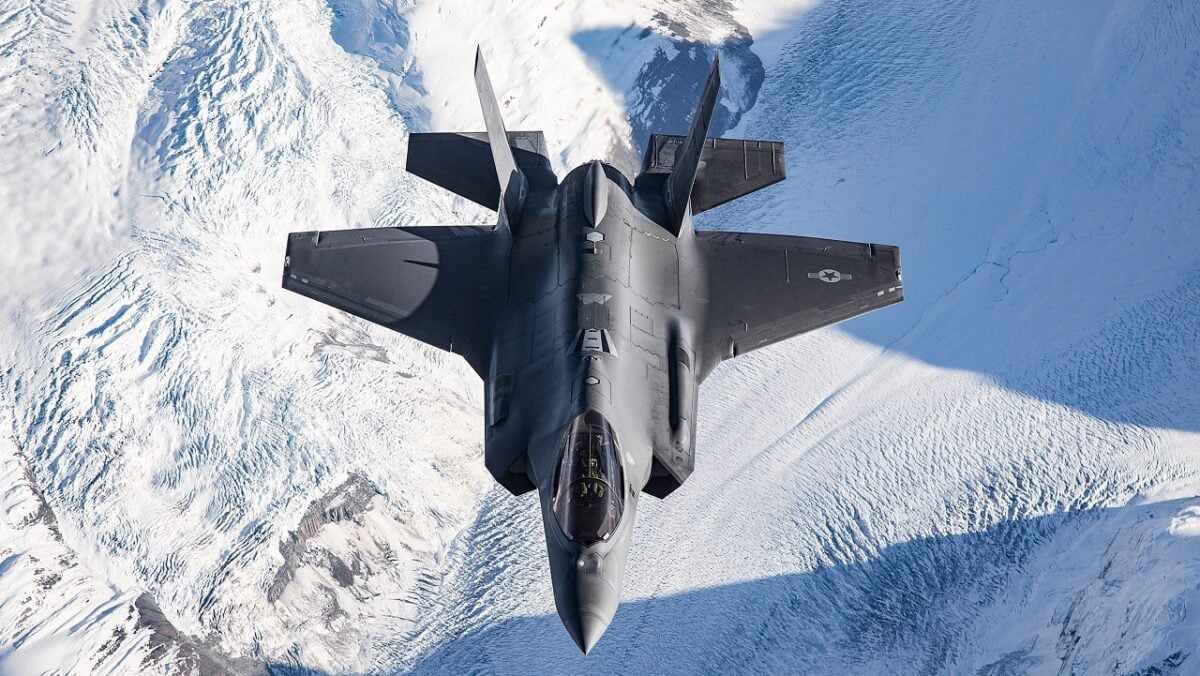
F-35 AF-2 Ferry Flight from Edwards AFB, CA to Eielson AFB, AK. Oct. 11, 2017 Pilot Maj.Eskil “Taz” Amdal, Royal Norwegian Air Force.
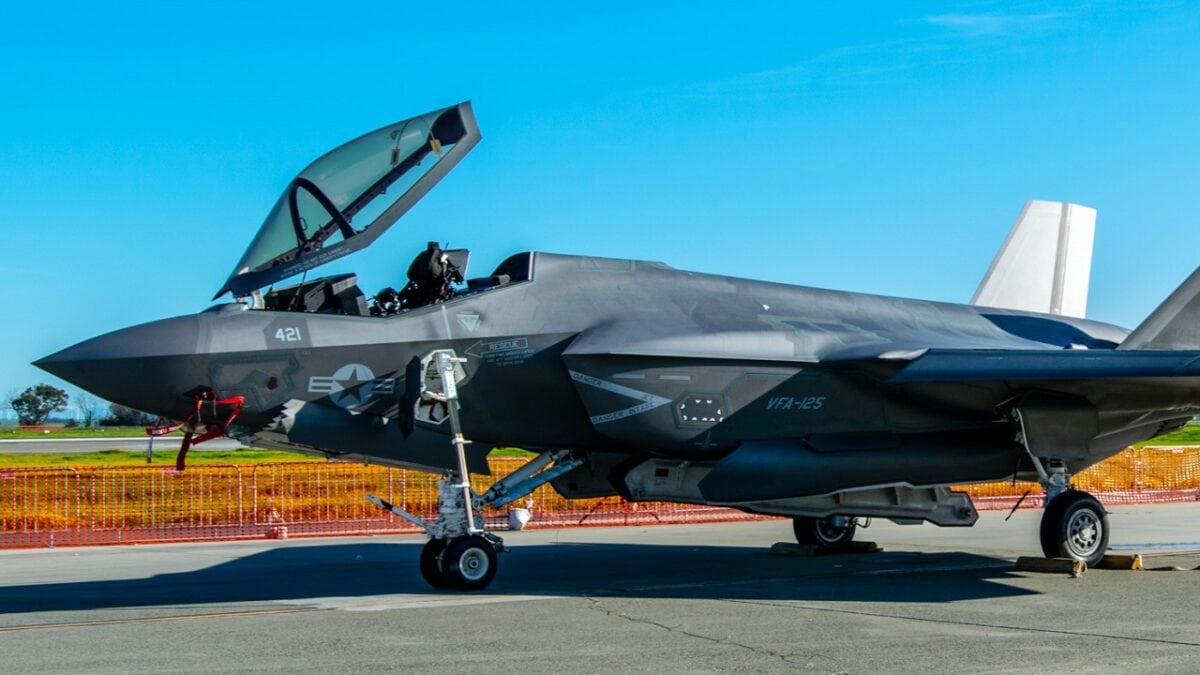
F-35C on Static Display. Image Credit: Creative Commons.
Constantine Atlamazoglou works on transatlantic and European security. He holds a master’s degree in security studies and European affairs from the Fletcher School of Law and Diplomacy.

